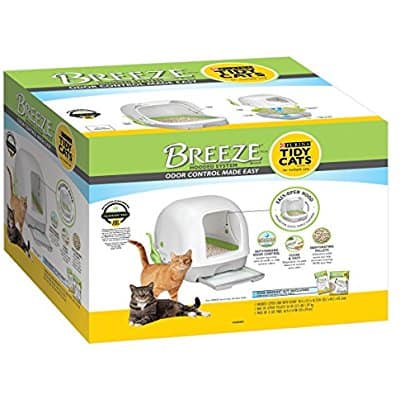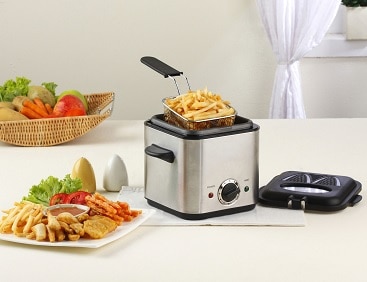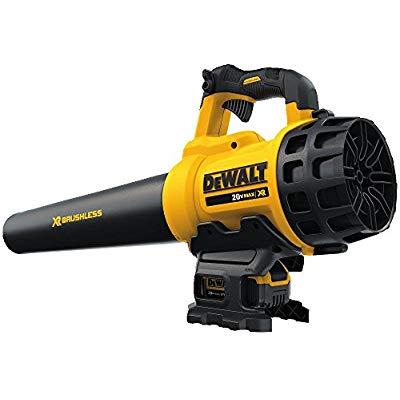Accelerating Health Gain with Whole House Water Filters
The importance of a whole house water filter can no longer be overemphasized. According to World Health Organization, 1.1 billion people don’t have access to good drinking water, while 2.2 billion die yearly from diseases related to poor hygiene, like diarrhea.
The majority of the affected numbers are children in developing countries. However, even in the developed world, many people still don’t have access to safe water. Improving water supply, general hygiene, and sanitation has proven effective in the control of the disease burden and accelerating global health gain.

The government makes a lot of effort to provide safe, potable water for drinking and other home use. However, it is clear that not very much can be achieved without low-cost intervention from households and community levels. Simple to complex home installations like under sink water filters and whole house water filters can make a lot of difference in the quality of your water for drinking and bathing.
In many countries today, public water supply companies rely on chemicals for the treatment of water for public consumption. One of the most common chemicals used today in water treatment plants is chlorine. Chlorine is relatively cheap and easy to come by than other methods of water treatment. Today, recent researches have linked the chemical to the formation of cancerous cells in the body.
Drinking-Water Disinfection
Making public water safe for domestic use is the goal of every public water supply system. Proper treatment of water can help reduce the transmission of diseases like typhoid fever, cholera, shigellosis, salmonellosis, etc. While public water treatment methods can greatly reduce the concentration of microorganisms and contaminants in water, many treatment plants rarely make additional effort to completely get rid of all the microbes available in the water. The process of making water 100% safe for drinking is expensive and tiresome, and more or less impracticable and difficult to maintain in the public water distribution system.
In the United States today, the most widely accepted method of disinfecting water is chlorination. The method is widely accepted around the world owing to its ease of use and satisfactory performance. Due to the success of chlorination, most people often take the possibility of waterborne disease for granted.
According to the NCBI website, chlorination leads to the formation of trihalomethanes (THMs) and other halogenated hydrocarbons. Today, many countries have begun to re-examine other methods of water purification and disinfection that is capable of removing microorganisms and pathogens from water without causing any harmful side effects. The choice method of water purification is usually based on the following factors:
· The effectiveness of the system to take care of waterborne pathogens like helminths, bacteria, viruses, and protozoans.
· The ease of monitoring, controlling and predicting the outcome of the process with accuracy
· The quality of the water produced from the system of choice
· The ability of the system to also produce results that can effectively add to the overall protection of treated water up to the point of consumption
· The availability of the treatment method for adoption on a public scale for the treatment of water
Methods like reverse osmosis systems are considered safe. However, the process can be very expensive to replicate on a public level.
Since most people depend on the public water supply, the aim of the best whole house water filters is to take care of chlorine, chloramine and chlorine byproducts from public water supply at the point of entry to the home. Dealing with the problem of water contamination is, therefore, easier to implement at domestic levels than on a public scale.
There are two ways you can protect your water at the domestic level, which we will be discussing subsequently in this article. They are:
- A whole house water filter system
- Under the sink water filters
Before investing in a home water purification system, it is essential to first understand the contaminants that are present in the water. Different contaminants require different processes to take care of and as such, your choice of purifier may require additional upgrade or customization to meet the requirements of your water needs.
How Can You Know Your Water Needs?
The best way to understand your water needs is to understand the quality of water you are receiving from your supplier or a public water source. You can find this information in your city’s water quality report or from your private supplier. The water quality report usually contains a detailed analysis of the water you receive, which includes the methods of treatment.
You may require the services of an expert in the field of water purification to help you interpret your water quality report and tell you the exact needs of your home water system. Depending on your personal goals as well as the details in your water quality report, you might not necessarily need a whole house water filtration system, but rather, an under sink water purifier to secure your drinking water.
Since many of the ailments we suffer from today are waterborne, improving the quality of water at home has become essential. It can contribute to the general improvement of health and add positively to global health gain.
Investing In A Whole House Water Filter System
With the many water scandals here and there today, the whole house water filtration system has become essential for many American homes. Many of the water problems facing your home today can be taken care of by installing a whole house water filter by experts such as https://cleanairpurewater.com/ . If you depend on a public water supply for your home, you may be faced with the problem of contaminants such as chlorine and chloramine residues, VOCs, and odor.
Whole house filtration systems can be customized to take care of a variety of contaminants in the home water system, which includes specific contaminants like bacteria, fluoride, sediment, and iron. In essence, whole water filtration systems are designed to work on a broader scale.
According to CNN reports in the following link: https://www.cnn.com/2019/08/19/health/fluoride-neurotoxin-canada-study/index.html fluoride in water affects the IQ of children, especially in boys. According to a report from 2019 studies, the level of fluoride content in the drinking of pregnant women can affect the IQ of their children later in life. Another report by JAMA Paediatrics also further supports this fact in its online journal publication, which further links the high exposure to fluoride during pregnancy and the decline in IQ level of children.
However, if you’re dealing with only fluoride contamination at a lower concentration, you might not necessarily need a whole house filtration system to take care of this problem. Nonetheless, if you are dealing with broad-scale contamination, the whole house filtration system is ideal to keep your water safe. It is, therefore, important to understand that taking care of water contamination is dependent on many factors.
Purifying Water for Drinking Purposes
Many homes already enjoy portable water for basic home needs. However, they still require some level of filtration to make their drinking water safe. With a simple under sink water filter, it is possible to eliminate water contaminants in drinking water. Under the sink water filters helps to deliver pure water directly to the point of use, eliminating the risk of contamination along due to different factors. Under the sink water filters come with their special faucets that ensures that the purity of the water is maintained after treatment.
Home water filtration has continued to advance over the years, making it possible to eliminate most of the contaminants including those overlooked by the public water treatment plants. There are a good number of under the sink water purifiers, including those that offer reverse osmosis you can invest in for drinking water treatment.
Today, hoping to rely on government agencies and public water suppliers to provide you with healthy water through taps is no longer reasonable. For good quality water, you have to take the responsibility of treating the water yourself at the domestic level. However, it is essential to have a good understanding of water filters and how they work before investing in them. A good number of people make the mistake of purchasing a water purification system without a prior understanding of their water needs.





